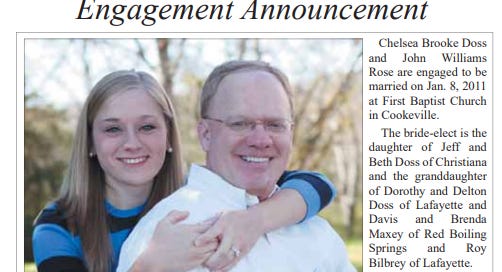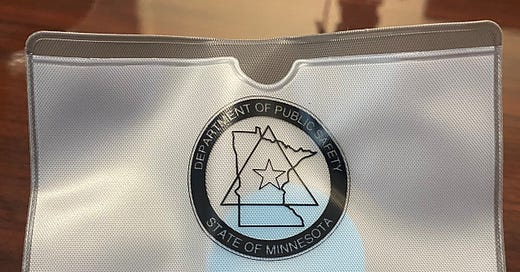The press is bombarding you with pseudoscience
Too often, reporters treat superstitious nonsense as if it were factual
In a Minnesota opera house, a grumpy spirit named Harold lives in the basement and enjoys scaring people.
In Connecticut, a team of “paranormal investigators” lament the “sensationalization” of hauntings, claiming that “less than 1% of paranormal cases are malevolent or demonic.”
In Florida, a ghost residing at a historic inn shakes the beds of guests and occasionally throws dishes around.
The stories probably strike you as fanciful or even ridiculous: ghosts literally do not exist, after all. But they were all reported as true and factual by local news outlets in the past week, part of an annual deluge of clickbaity Halloween-themed coverage that the industry churns out this time of year.
Reading through the coverage, it’s striking to see how little skepticism the reporters bring to the issue. The three examples above, for instance, are treated just like any other news story. There’s no acknowledgement that belief in ghosts is a false superstition, or that alleged paranormal experiences can be explained by other factors. There isn’t even so much as a wink-wink aside indicating that none of this is real but it’s all in good fun: the claims of “ghost hunters” and “paranormal investigators” are transcribed in the same dry, view-from-nowhere style reserved for quotes from politicians and other newsmakers.
The Journal Inquirer story on the haunting in Connecticut is particularly egregious on this front. It attempts to distinguish between “fictional” and “non-fictional” haunting reports. The reporter writes, in his own voice, that “just because there appears to be an orb on the video doesn’t mean there’s something spiritual there. Other evidence of manifestation should present itself, such as a physical sensation or getting a reading on their electric voice phenomenon device.” The story, in other words, gives superstitious nonsense the veneer of scientific skepticism.
It’s not just tiny local outlets running indulgent coverage of supposed paranormal investigators. Here’s a writer in the New York Times admitting her belief in spirits and inviting readers to “ask me about the time I was awakened by a really horny ghost in a house in Hudson.” Here’s the Boston Globe letting a “ghost hunter” prattle on about the time she talked to a dead girl who had been struck by a train. Here’s USA Today listing the “13 most haunted places in America,” and punting, in classic view-from-nowhere style, on a key question: “Do ghosts exist? Or are they figments of urban legends and overactive psyches? For some, finding out is part of the fun.”
There’s a question you hear a lot from folks in the media industry: why do so many people believe in nonsense and conspiracy theories? And why are so many eager to disregard facts that undermine their worldview? And what can the industry do about it all?
One thing the industry rarely does, however, is critically examine its own role propagating and promoting misinformation, conspiracy theories, pseudoscience, and plain old nonsense. Horoscopes, predicated on the ridiculous notion that peoples’ lives are influenced by the positions of stars and planets, remain a daily newspaper staple around the country. Cable news outlets instruct viewers on “how to keep calm this Mercury retrograde” (“it’s not just electronic communication that’s impacted by Mercury retrograde,” the author writes, “all forms of communication can go sideways during this time”). The New York Times advises its readers to get into tarot cards (“Swords, associated with air, represent your mind; how you think, communicate and solve problems,” the author writes, in the authoritative house style of a paper that’s won 132 Pulitzer prizes). Yahoo News has tips for “choosing crystals that could help heal the areas of your life most in need of attention.” Even more fantastical superstitions, like water dowsing, are treated by leading national news outlets as legitimate subjects of inquiry.
In short, the industry is bombarding readers and viewers with pseudoscientific nonsense while simultaneously marketing itself as the defender of Facts and Truth. Is it any wonder Americans are having a hard time distinguishing fact from fiction?
The coverage would be less problematic if it were done with the intent to debunk superstitious beliefs, or to investigate why they remain so prevalent and what believers get out of them, or at the very least to state unequivocally that while people may enjoy these practices there’s no credible scientific evidence in support of them.
But those types of stories are rarely written. At most, a pseudoscientific practice may be presented alongside a skeptical voice, with “both sides” given equal weight. For people frustrated by mainstream outlets’ refusal to call out bullshit, bad faith and lies in the political sphere, understanding the press’ treatment of pseudoscience adds some useful context: an industry that can’t even bring itself to definitively state that ghosts are fake is not at all equipped to deal with political lies and disinformation.












